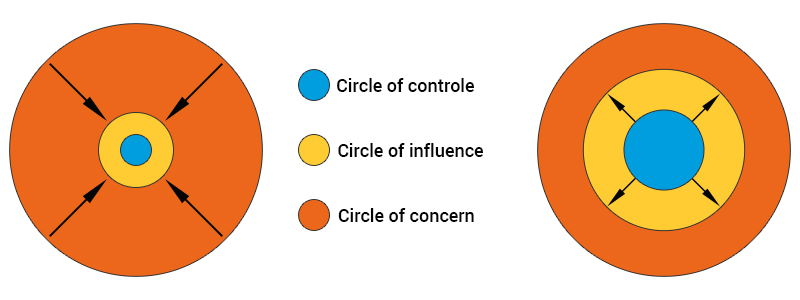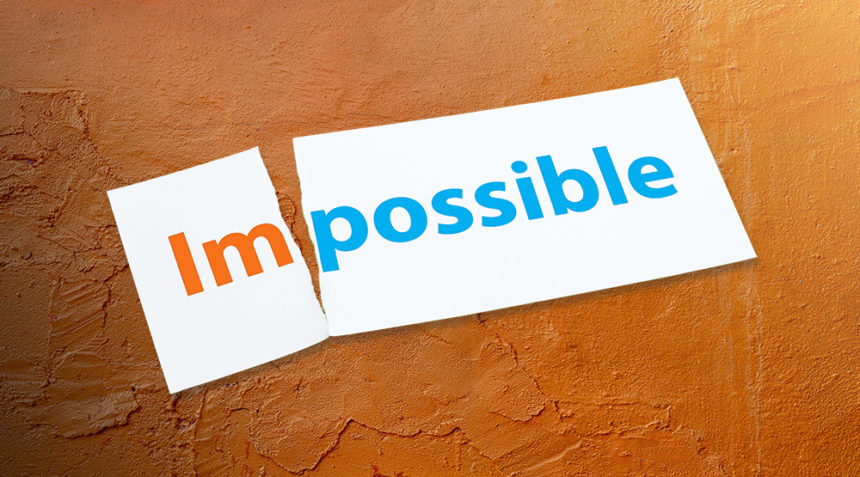Steve de Shazer, one of the founders of solution focused brief coaching, once said “Talking about problems creates problems – talking about solutions creates solutions”.
We all tend towards harmony and balance, consciously or unconsciously and want to be joyful, experience positive energy and be truly happy!
If you think that things are not going well for you, make up your mind: do you want to actively change and create something or do you want to stay in the current circumstances, even if they make you less fulfilled and dampen your positive emotions?
As a creator, we have two options available in every situation: We can either A- change ourselves or B- change the situation that leads to negative emotions, anger, frustration, anxiety, etc.
Love it, change it or leave it is the well-known strategy. But what is behind it and how can it help me to become more resilient?
It is not immediately clear whether we can change ourselves or the things around us. Sometimes we need some time to find out:
The circle of concern and influence model by Stephen Covey can help us answer this question. It describes the area on which our focus is directed and thus our energy: the circle of concern with everything that worries, stresses and annoys us, is the outer circle.
Now let us start to sort things out:
What can I actively control, what or whom can I possibly influence, and what things around me are troubling me and are seemingly beyond my control? Is there not, after all, in the Circle of concern perhaps a subject that I can at least partially influence or even partially control?

Example:
- Circle of concern: society, guidelines, salary system, economic situation, weather, death, world peace, etc.
- Circle of influence: my employer, procedures in the team, working atmosphere in the team, communication in the team, distribution of tasks, my reputation, education, etc.
- Circle of control: my thoughts, my actions/behavior, my attitude, my words, my work ethic, etc.
Once this is clear, we can focus our energy, time and emotions on this circle of influence even if it may seem so small to us at first. Over time, it will become larger and prominent, while the circle of concern gradually becomes smaller. We should not waste our time and energy on things we cannot control!
Ask yourself:
How can I relate something that happens to me or that I am confronted with to my life? This makes us take responsibility and directs our attention to our resources. Who or what is available to change our current situation? This helps us to better evaluate and use the scope for action that we potentially have.
To become active, we need a clear goal, a tangible picture of what we want to achieve: What should change in concrete terms and what should it look like afterwards? Linked to this is the question of meaningfulness, in the short and long term: the answer to this gives us the necessary motivation and energy to take finite active steps.
Remember:
“Talking about solution creates solutions ”!
This does not mean that we should accept everything, always adapt or simply drop out: One of the seven resilience factors is CAUSAL ANALYSIS. And if this analysis leads to a dead end, then it may be time to throw out the old, and constructively search for new ideas, organizational concepts and alternatives. Which is just another special form of the “leave-it” strategy.


